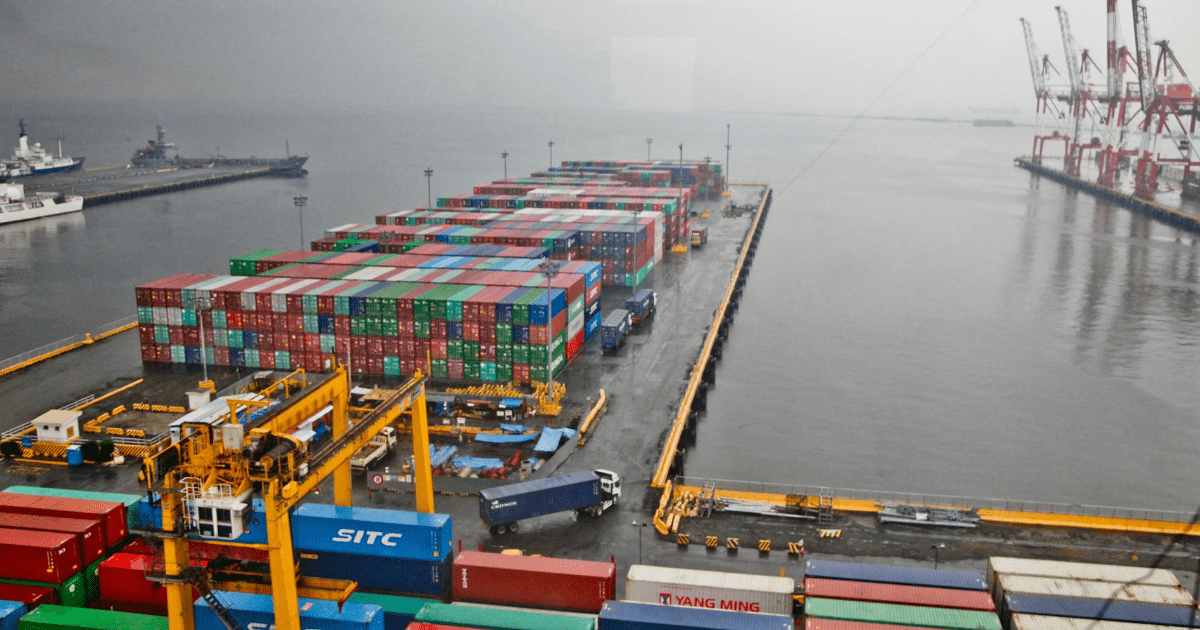Three years ago, Hurricane Harvey kicked off the deadliest hurricane season in a decade. Along with the lives it upended, it caused widespread supply chain disruption that sent truckload rates upward over the course of the next nine months.
As we approach the anniversary of Harvey making landfall, the National Oceanic and Atmospheric Administration’s (NOAA) Climate Prediction Center has updated their Atlantic hurricane season forecast. This season is proving to be very different, with COVID-19 adding another layer of complexity to supply chains. And since many markets are already behaving like they do when hurricanes hit, shippers, brokers and carriers will need to communicate even more than usual.
“This year, we expect more, stronger, and longer-lived storms than average,” explained Gerry Bell, NOAA’s lead seasonal hurricane forecaster. “This is one of the most active seasonal forecasts that NOAA has produced in its 22-year history of hurricane outlooks.”

This means the Atlantic Coast and Gulf Coast have a higher likelihood of multiple and major storms making landfall. “We have already had five named storms making landfall this season, three as tropical storms and two as hurricanes,” added Bell.
NOAA data shows an average hurricane season produces 12 named storms, including six hurricanes with an average of three becoming major hurricanes. The NOAA is forecasting 19 to 25 named storms in 2020, of which seven to 11 are expected to become hurricanes, including thee to six major hurricanes.
To put this into perspective for freight markets, on average there are around 45 tropical storms globally that reach hurricane strength, and around one third of those go on to make landfall. Of those 45 storms, approximately 25 (55%) reach major hurricane strength with five (11%) on average making landfall, according to Dr. Ryan Maue from BAM Weather.
What could this mean for trucking?
We’ve already witnessed freight market disruption along the Atlantic Coast following Hurricane Isaias and the destructive “derecho” storm in Iowa last week, which makes the most recent NOAA prediction something to watch closely (and prepare for).
As a point of reference, during the four-week period in 2017 that included Hurricanes Harvey and Irma, load posts for dry vans, reefers and flatbed increased 28%, 17% and 67% respectively, as FEMA and other relief agencies sought immediate capacity on the spot market, pushing rates higher as a result. By the time the storms passed, rebuilding efforts were well underway in mid-October 2017, which pushed rates higher again.
The bigger issue for capacity was the disruption to regular freight networks, with thousands of trucks pulled in different directions delivering emergency food and supplies to the affected areas. Freight markets are already dislocated as a result of COVID-19, with spot market rates going against seasonal trends, pointing to even worse capacity constraint and rate surge this hurricane season.
To quote American author Denis Waitley, “expect for best, plan for the worst and prepare to be surprised.”
More reading: The 3 stages of freight disruptions from hurricanes

